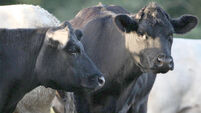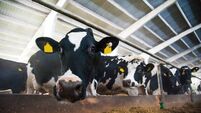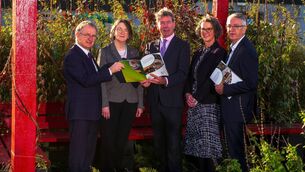Irish water quality continues to decline, reports EPA

The South-East, Midlands, and Eastern regions of the country have been flagged by the EPA for elevated nitrate concentration levels.
Agriculture has been listed as one of the main issues affecting the quality of Ireland's rivers and lakes, according to the Environmental Protection Agency (EPA).
Following the publication of the ‘Water Quality in Ireland Report 2019-2024’, the EPA found that just over half (52%) of surface waters are in a satisfactory ecological condition, a deterioration from the last assessment, 2016-2021 report, where 54% of water bodies met their water quality objectives.










